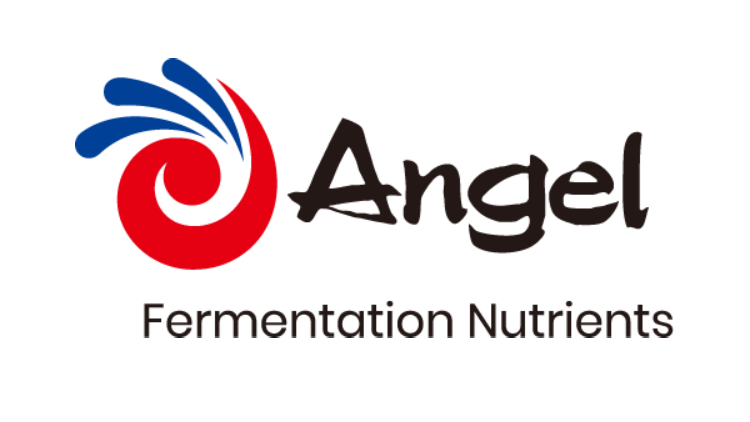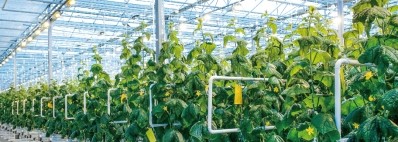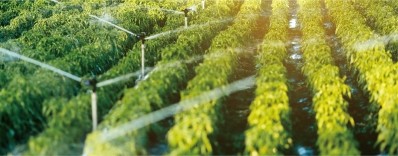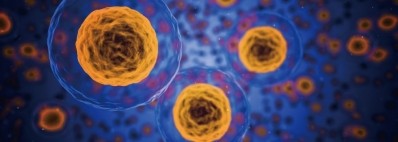Promotional Features
How optimized fermentation nutrients improve the production of lactic acid bacteria
Lactic acid bacteria are critical to the dairy, food processing, and nutrition industries.
Used as probiotics, flavor compounds, and starter cultures for fermented foods such as yogurt, the bacteria are beneficial microorganisms that induce specific health effects by modulating the microbiome. However, companies face bacterial cultivation challenges, leading Angel Yeast to optimize a series of fermentation nutrients.
Angel Yeast designed its nutrients to address the factors that constrain the growth of lactic acid bacteria, a group of microorganisms that use carbohydrates as their only or main carbon source. Most bacteria in the class have a high demand for amino acids and nitrogen is typically a key constraint on growth.
Recognizing the importance of nitrogen to bacterial growth, manufacturers add sources of the element to their culture media but that can fail to have the desired effect. There are big differences between how different bacteria and even different strains of the same microorganism use nitrogen sources. To achieve optimal results, manufacturers need to choose a nitrogen source tailored to their specific bacteria.
Why yeast is a preferred nitrogen source
There are four sources of nitrogen: botanical, animal, microbial, and inorganic. The various forms of microbial nitrogen, such as yeast powder, yeast autolysis powder, yeast impregnated powder, and yeast peptone, have key advantages over other sources of the element and those benefits support their use in food culture and other contexts.
Yeast is a food and nitrogen sources derived from the microorganism have relevant food certifications. In contrast, using nitrogen sourced from animals exposes bacteria production to contamination risks and the materials are a poor fit for the certification requirements of the food industry. Similarly, the botanical sources of nitrogen can introduce genetically modified organisms and allergens into the cell culture. The use of yeast nitrogen sources frees manufacturers of food ingredients and other products of those risks.
Manufacturers also need to consider the proliferation efficiency, activity, and quality achieved by their choice of nitrogen source. Milk-based and whey protein culture media are among the options available for the production of lactic acid bacteria but they have limitations, notably the fact that they are slow to proliferate and often need the support of other growth factors to help microorganisms proliferate. Whey protein is prone to thermal denaturation too, leading many teams to use the yeast-based MRS medium.
In addition, yeast-derived nitrogen sources use pure cultured yeast as a raw material, making them less variable than animal and botanical sources. Using a less variable nitrogen source can translate into more consistent production of bacteria. Those and other benefits of yeast over other sources of nitrogen make it the most popular fermentation nutrient in large parts of the world, including the European Union.
All yeast nitrogen sources enjoy benefits over cell culture materials derived from plants and animals, but not all yeast nitrogen sources perform equally in every context. The variation in how different bacteria use nitrogen creates a need for yeast sources specific to each application. Yeast can address that need for customization because it can be tailored to address the needs of a particular lactic acid bacteria. By altering the composition of the yeast, suppliers of fermentation ingredients can tailor their extracts.
Creating a portfolio of tailored nutrients
Angel Yeast has optimized a series of fermentation nutrients for the cultivation of lactic acid bacteria, bacillus, starter cultures, and other specific strains for dietary supplements to enable manufacturers to choose the best nitrogen source for each project. Whatever lactic acid bacteria a company is working with, Angel Yeast has a yeast-based nitrogen source tailored to the probiotic and data to support its use.
The range of Angel Yeast nutrients are underpinned by a deep understanding of how the metabolic characteristics of different species and strains of bacteria shape their nutritional requirements. For example, lactic acid bacteria with a weak capacity for degrading proteins need more peptides, while microorganisms with high requirements for growth factors benefit from the presence of vitamins, fatty acids, and lecithin.
Angel Yeast, using the expertise that helped it become the largest yeast extract supplier in the world, can tweak the nutritional composition of the yeast Saccharomyces cerevisiae and thereby adjust the levels of protein, RNA, growth factors, and other substances in its extracts.
Using this approach, Angel Yeast has created a lactic acid bacteria nutrition portfolio built around four key products: FM985, FM986, FM503, and FM601. FM985 is one of Angel Yeast’s standard products and provides a balanced mix of free amino acids, special growth factors, peptides, and solubility. FM986 is a nutrient-enriched yeast extract that is rich in nucleotides and peptides.
The other two products are enriched for certain substances to address the specific needs of different bacteria. FM503 is designed for applications where nucleotides are particularly important. Nucleotides account for more than 3% of the product, compared to more than 1% of FM985 and FM986. Finally, FM601 is enriched for glutathione, an important antioxidant that can increase the biomass and viable cell count of difficult-to-culture bacteria.
How Angel Yeast validated its extracts
Angel Yeast has shown that the differences between its nutritional products affect the growth of lactic acid bacteria in a series of tests using different microorganisms. For example, the company’s scientists found that Lactobacillus paracasei and Lactobacillus casei, dairy product fermentation probiotic strains with low nutritional requirements, benefit from exposure to nitrogen sources with high protein content or free amino acids.
Similarly, oligopeptides significantly affect Lactobacillus bulgaricus and Streptococcus thermophilus, and nucleotides have a big influence on strains such as Lactobacillus acidophilus. The results validate the idea that manufacturers can optimize biomass yields and other outcomes by using yeast extracts tailored to their bacteria, while also showing that generalist cell culture materials such as FM985 perform well in a wide range of different settings.
Food manufacturers can use the findings to make their operations more efficient. By working with Angel Yeast to select the nutritional product that is optimal for their lactic acid bacteria, companies can boost their biomass yields, increase viable cell count, and otherwise improve the production of microorganisms that are critical for food production operations and for human health.




